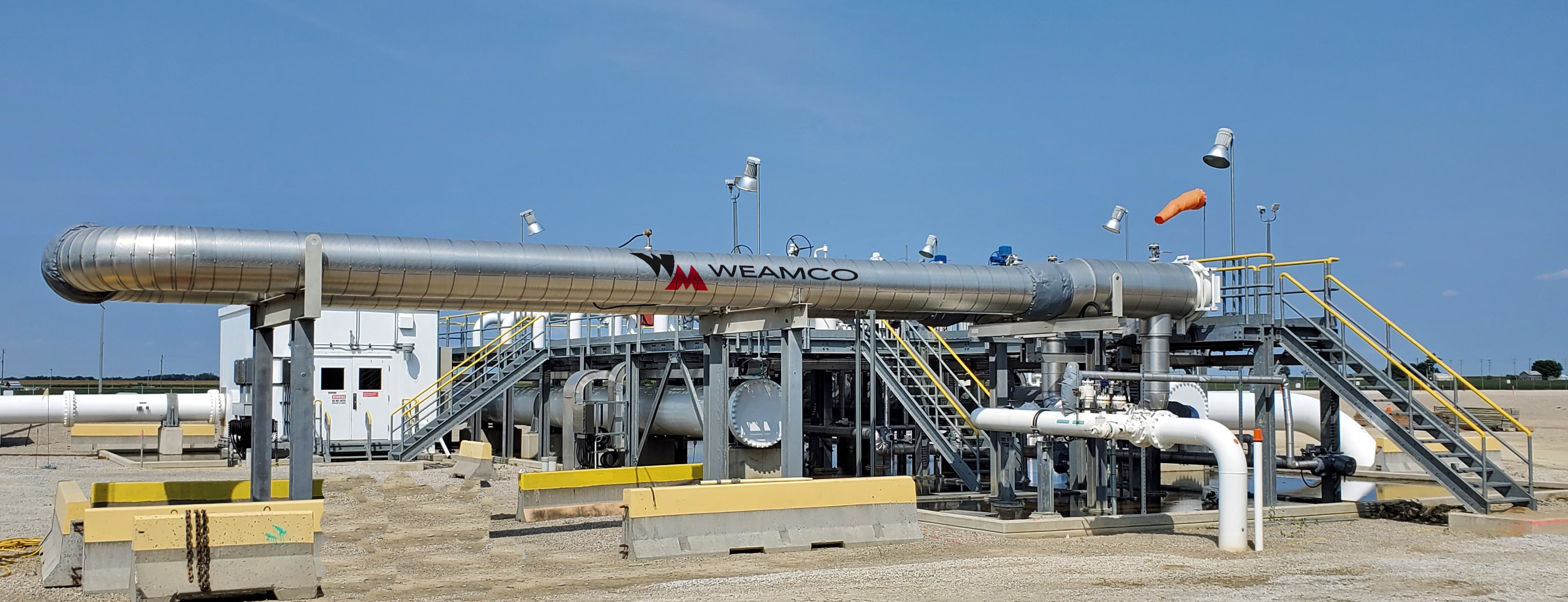Weamco Products are carefully packed and prepared for shipping specifically to best prevent damage during transportation. Care should always be taken during product unpacking and installation to prevent damage to the product including all flange or sealing surfaces, along with any additional instrumentation or attachments that may be present. Any handling instructions shown on the product, product drawings, packing and or containers should be closely adhered to.
An initial inspection of all products and packaging should be done at time of receipt. Upon inspection, if any “damage to product or packaging” is evident, immediately bring this to the attending delivery persons attention and document the damage including pictures if possible. If they are no longer present, contact the company or individual responsible for shipping and request that a representative of the shipping carrier be present before further removal or unpacking of the product. Please feel free to contact Weamco or your local Weamco representative at any time for assistance.
Still have questions? Contact Us

